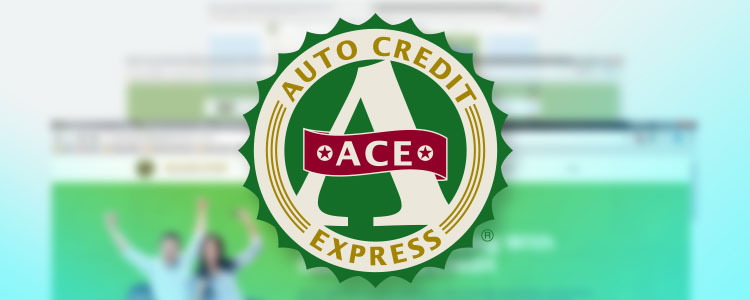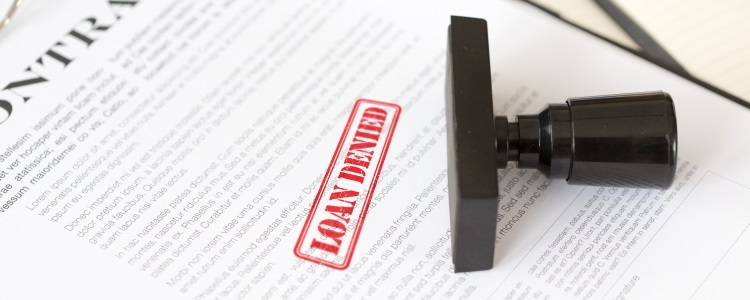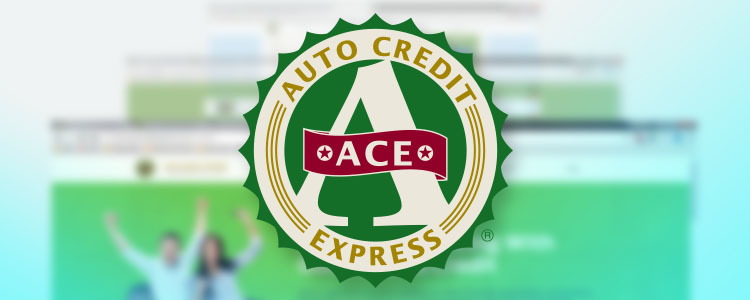You have taken advantage of your right to request a complimentary copy of your credit report from each of the primary reporting bureaus: TransUnion, Equifax and Experian. And that's great. Now you can see what potential lenders will see, and you're entitled to do this annually. The next step will be to learn how to meaningfully interpret the wealth of information contained in these documents.
One Piece at a Time

Trying to process the entirety of the credit report at once may be a little overwhelming, so allow some time to regard each section individually.
Personal Information: This part is pretty straightforward. Here, you will find your name (and any other name that you have ever used), Social Security number, date of birth, employment information, current address and any previous addresses that are on file.
Public Record Information: Open legal issues that are related to your finances will be listed here, and these may include the following:
- Bankruptcies
- Liens
- Judgments
- Wage Garnishments
Creditor Information: If you have at least a moderate amount of experience in dealing with credit, this may be the largest section of your credit report. All of your existing lines of credit will be detailed here, including any credit that has been turned over to a collection agency.
Each account entry will include the following data:
- The status of your account. (Open, Closed or Sent to Collections)
- Whether it is an individual or a joint account.
- Your account balance.
- Applicable past due information.
- Your credit limit.
The Divide: You should be aware of the fact that the Creditor Information portion will be divided into two parts. Adverse accounts (accounts that affect your report negatively) will be grouped together first, and your accounts that are in good standing will be listed next.
Credit Inquiries: Any occasion that has called for your credit report to be pulled and reviewed will be reported here, and they will fall under two distinct categories. Hard inquiries happen when you apply for a loan or line of credit, and they can impact your credit score. Soft inquiries, on the other hand, occur when you check your own credit report, or whenever your history is looked into by businesses that want to extend some sort of promotion to you (those "pre-approvals" that you may get in the mail).
Know the Codes
Here is a breakdown of what certain "status codes" on your report are meant to indicate.
- CURR ACCT: Refers to a current account that is in good standing.
- CUR WAS 32-2: Reveals that while the account is current, it was 30 days late twice.
- CHARGOFF: Original creditor has given up on seeking unpaid balance, and the account is likely in collections.
- BLIQREQ: A debt has been forgiven through a bankruptcy.
- DELINQ 60: An account is 60 days past due.
Fixing Bad Credit
If your credit is less than perfect, and you are in need of reliable transportation, Auto Credit Express can assist you with both problems. We can show you how to get the necessary financing for a car purchase and get you started with building back your credit in just a few easy steps. And the first one is to simply take 3 minutes and fill out our secure online application. Get started today and you could be driving tomorrow.



















